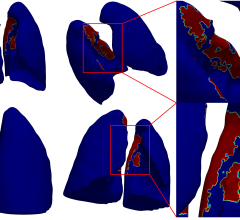
- ?Bare below the elbows: wearing short sleeves and no wristwatch, jewelry or ties during clinical practice.
- White coats: health professional should have two or more white coats available and access to convenient and economical means to launder white coats. Institutions should provide coat hooks to allow removal of the coat before contact with patients or a patient’s immediate environment.?
- Laundering: apparel worn at the bedside that comes in contact with the patient or patient environment should be laundered frequently. If laundered at home, a hot water wash cycle (ideally with bleach) followed by a cycle in the dryer or ironing has been shown to eliminate bacteria. ?
- Footwear: all footwear should have closed toes, low heels and non-skid soles.?
- Shared equipment including stethoscopes should be cleaned between patients. ?
- No general guidance can be made for prohibiting items like lanyards, identification tags and sleeves, cell phones, pagers and jewelry, but those items that come into direct contact with the patient or environment should be disinfected, replaced or eliminated.??
If implemented, the authors recommend that all practices be voluntary and accompanied by a well-organized communication and education effort directed at health professionals and patients. ??
In their review of the medical literature, the authors noted that while patients usually prefer formal attire, including a white coat, these preferences had little impact on patient satisfaction and confidence in health professionals. Patients did not tend to perceive the potential infection risks of white coats or other clothing. However, when made aware of these risks, patients seemed willing to change their preferences. ??
The authors developed the recommendations based on limited evidence, theoretical rationale, practical considerations, a survey of SHEA membership and SHEA Research Network, author expert opinion and consensus, and consideration of potential harm where applicable.


 July 25, 2024
July 25, 2024 








